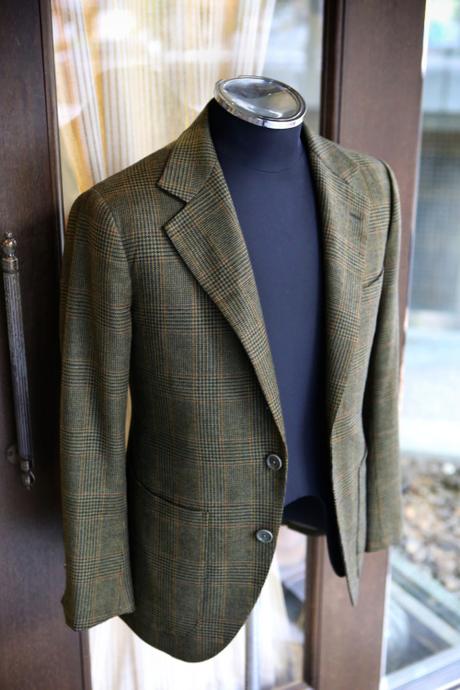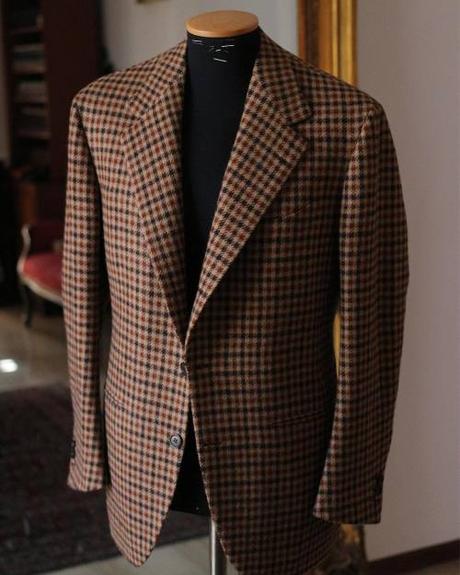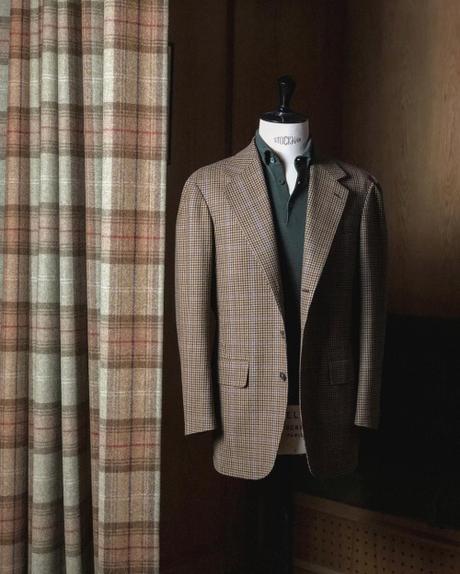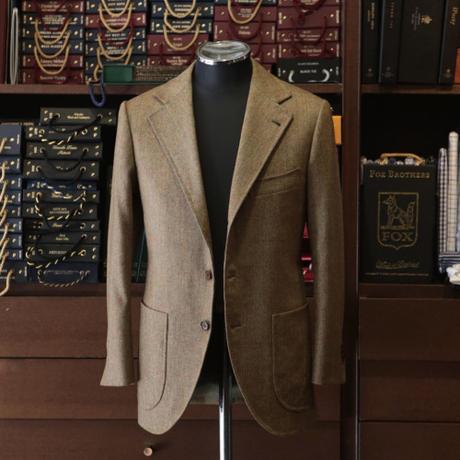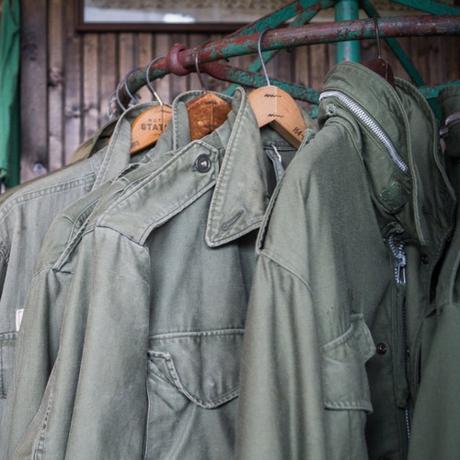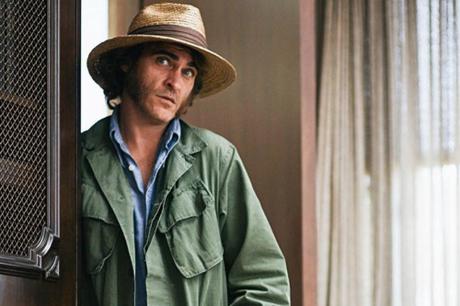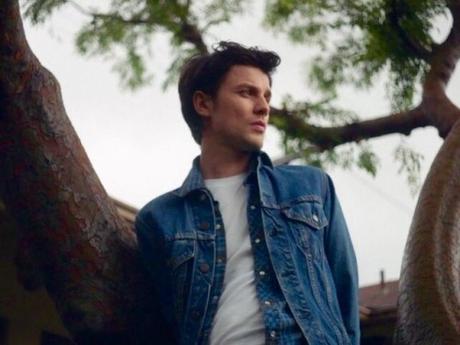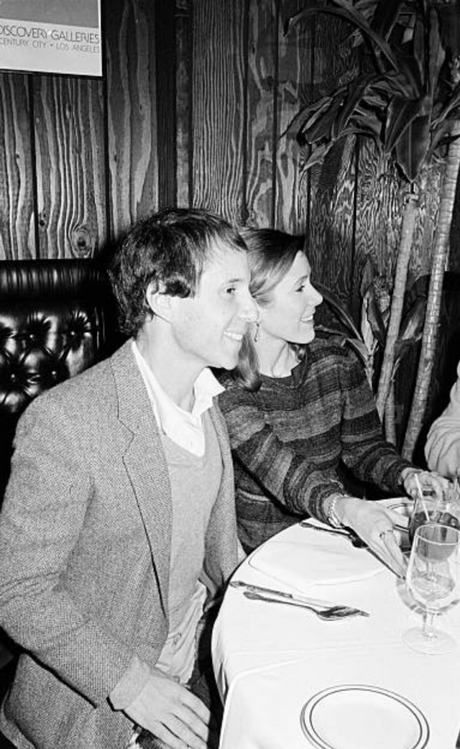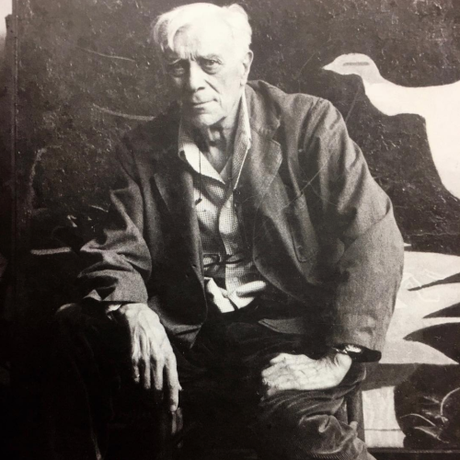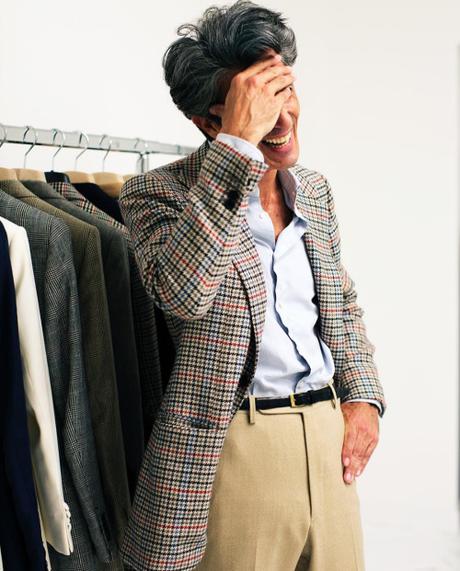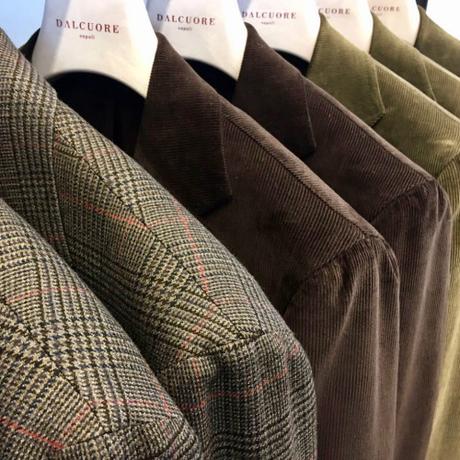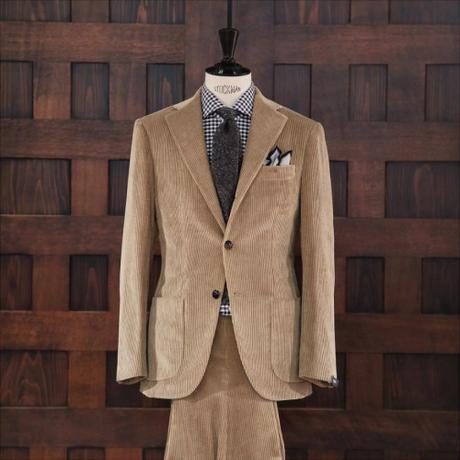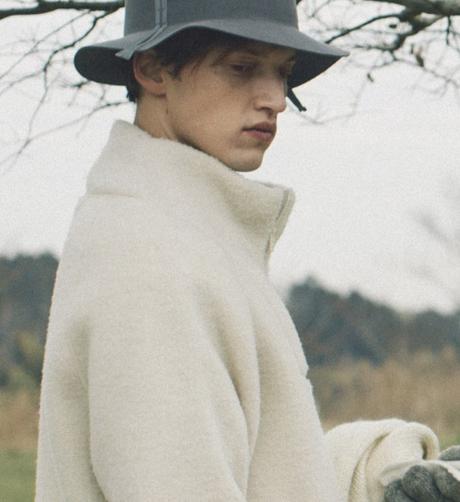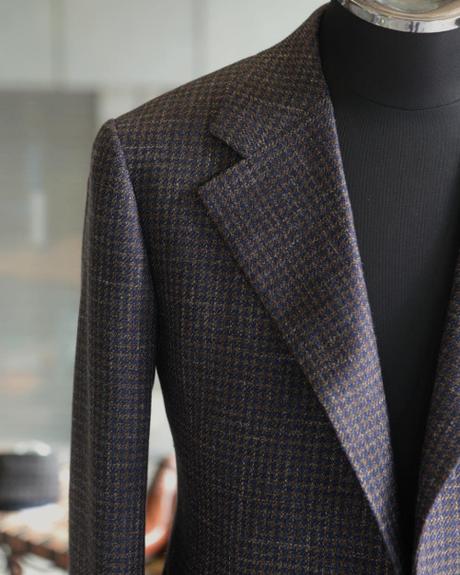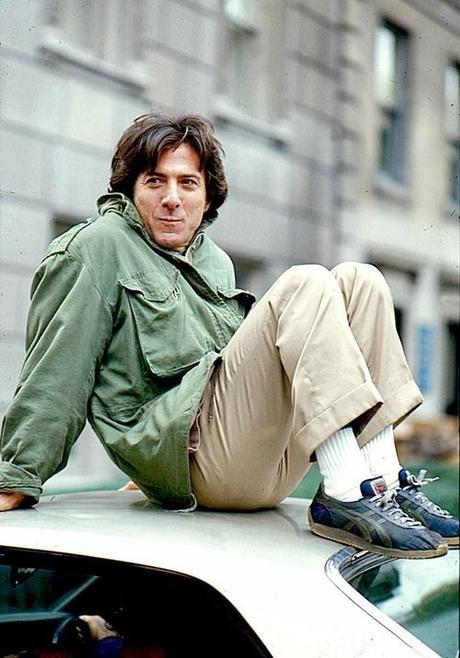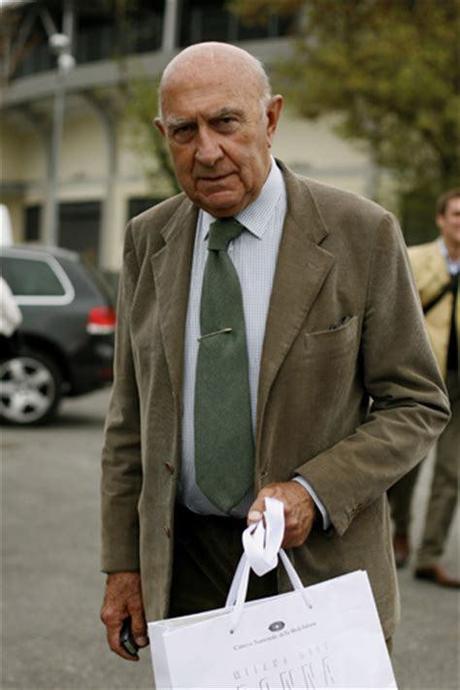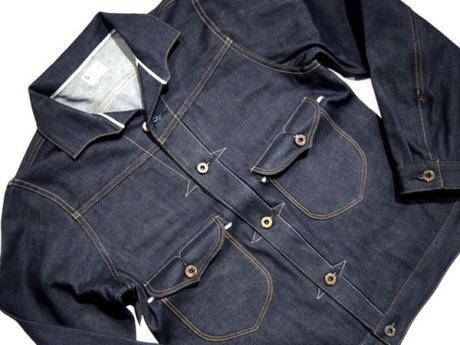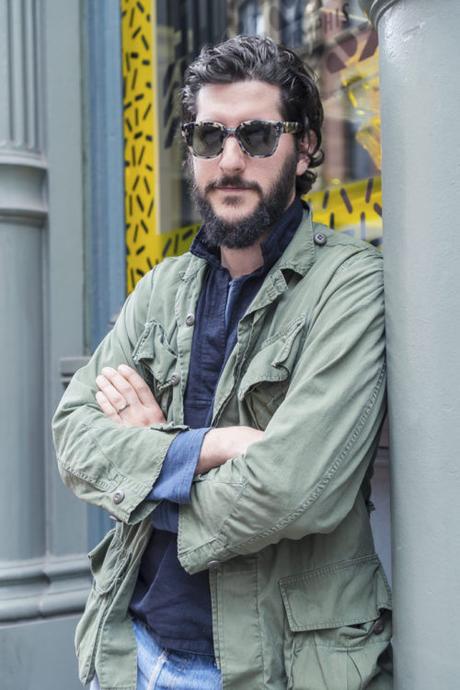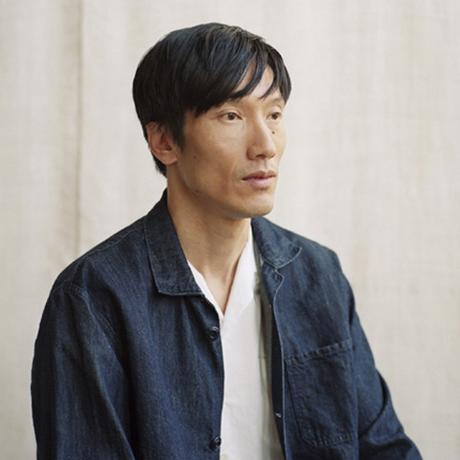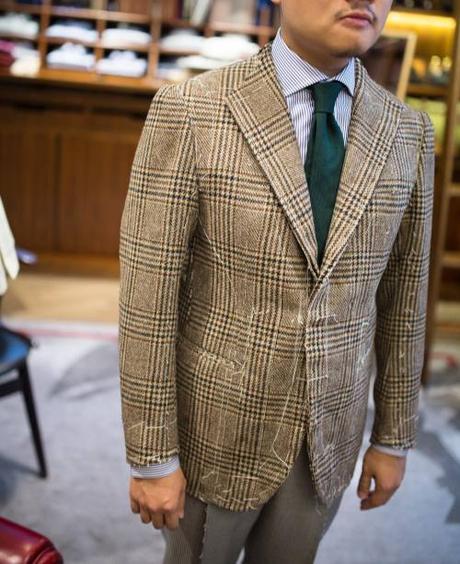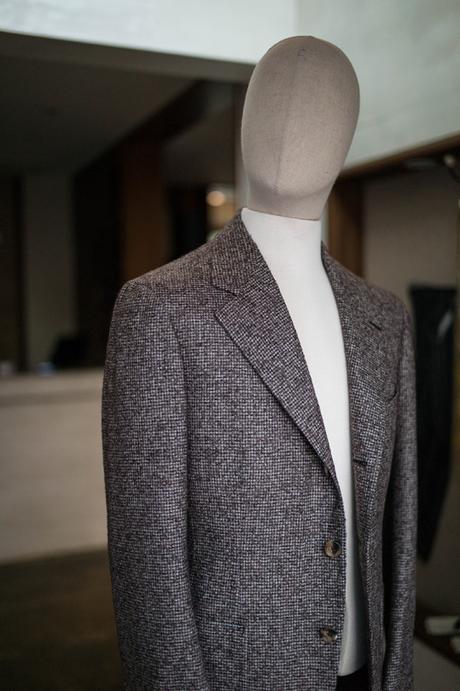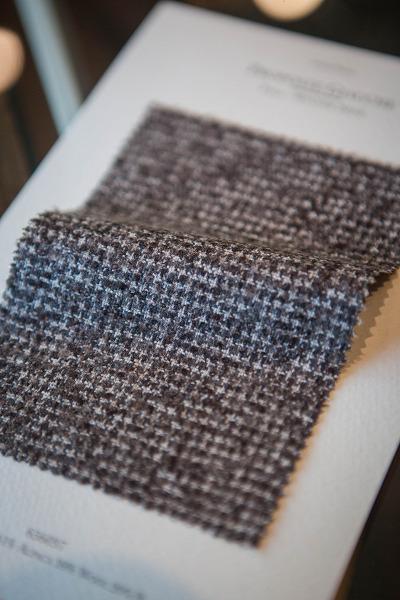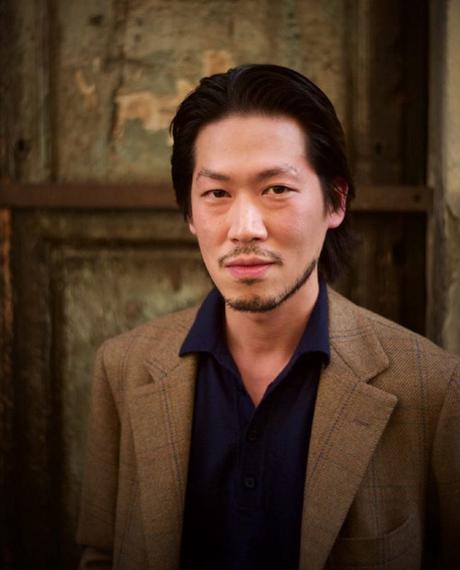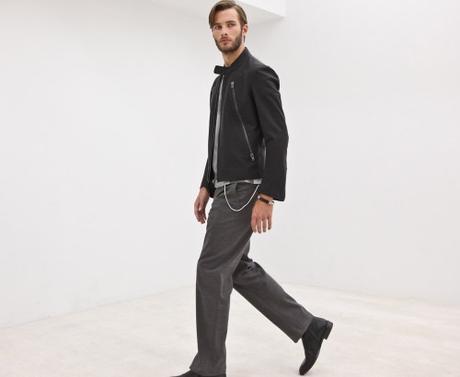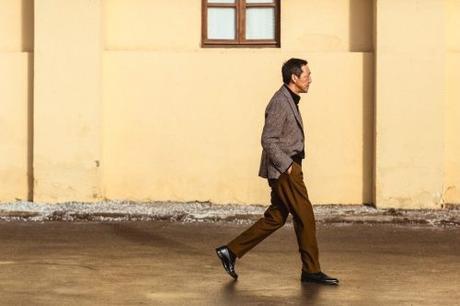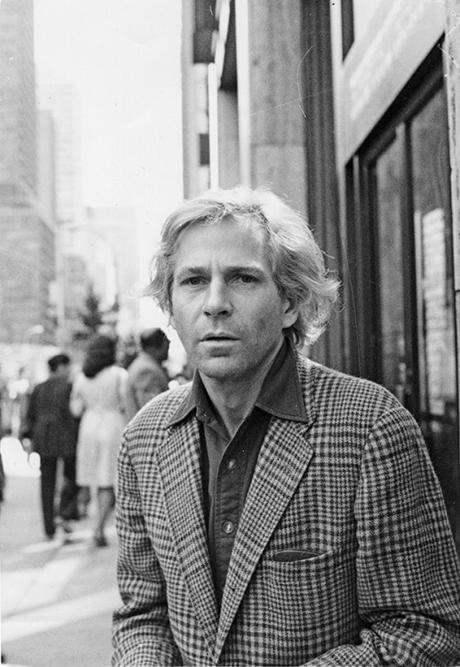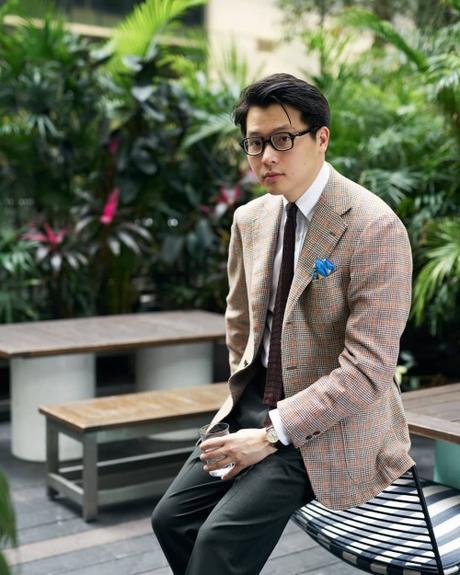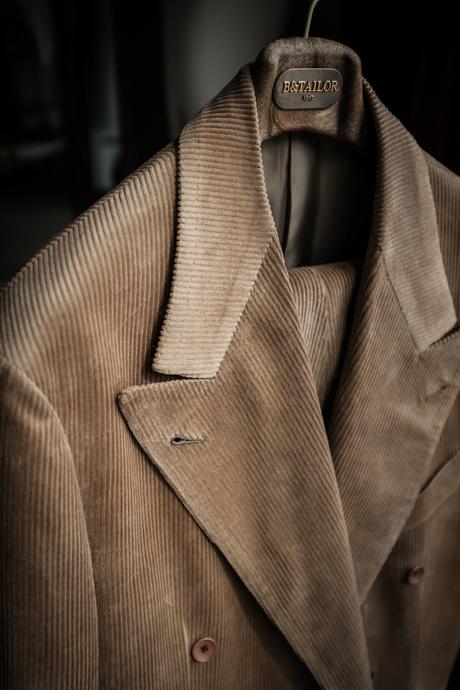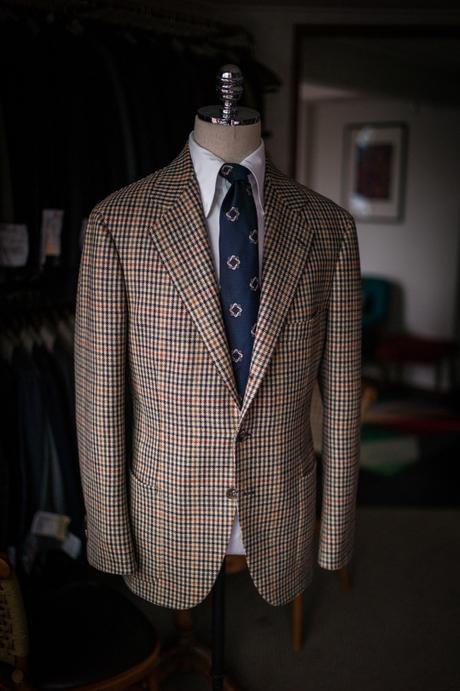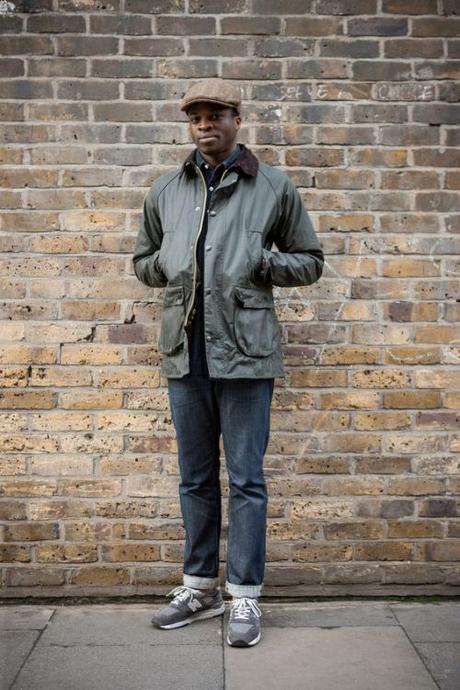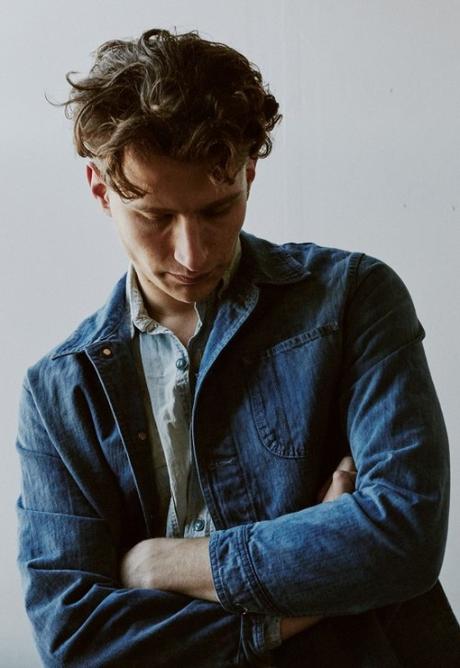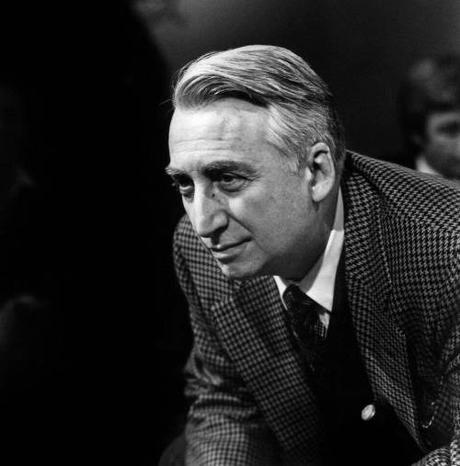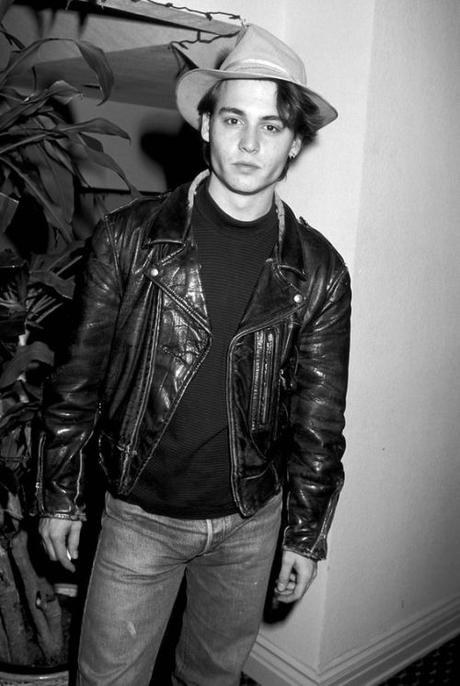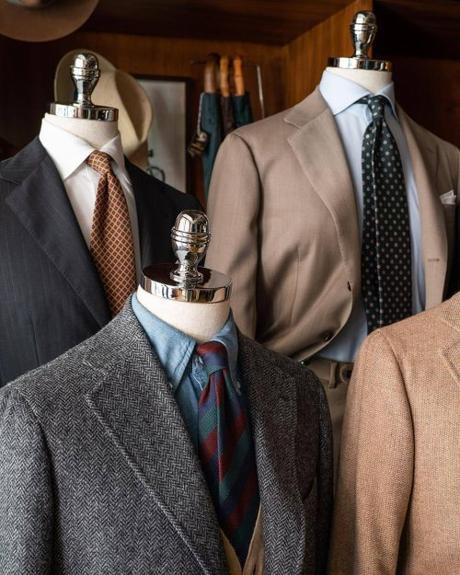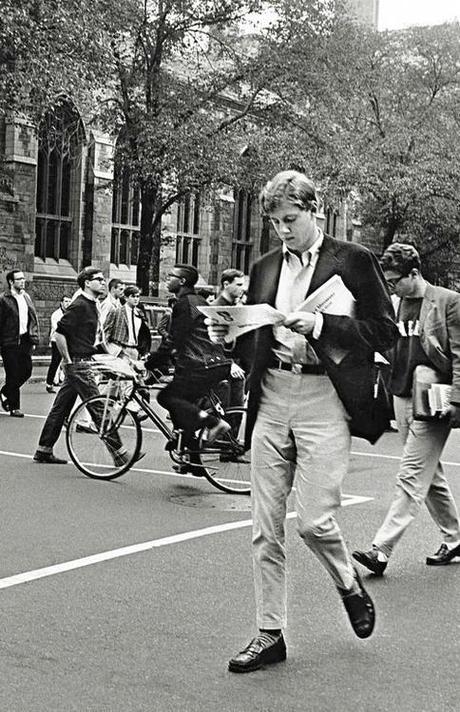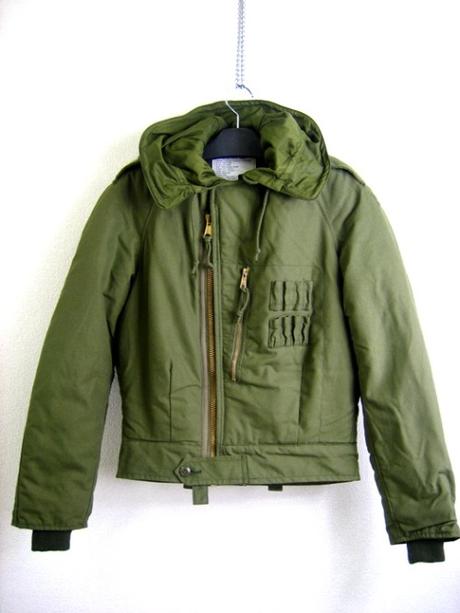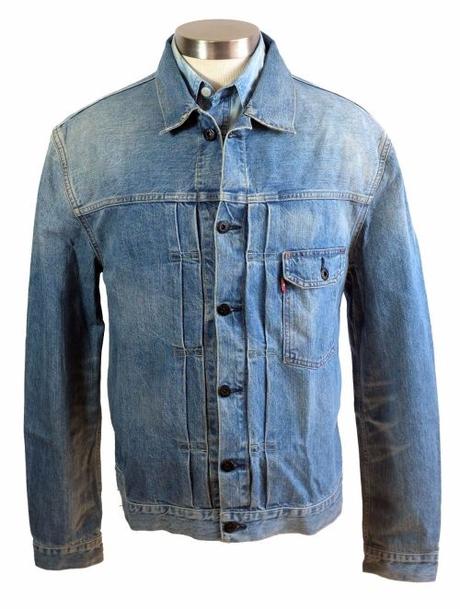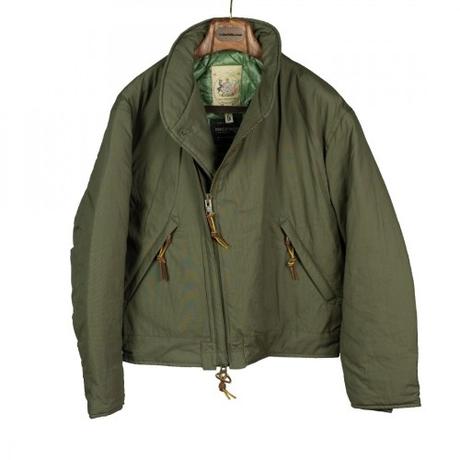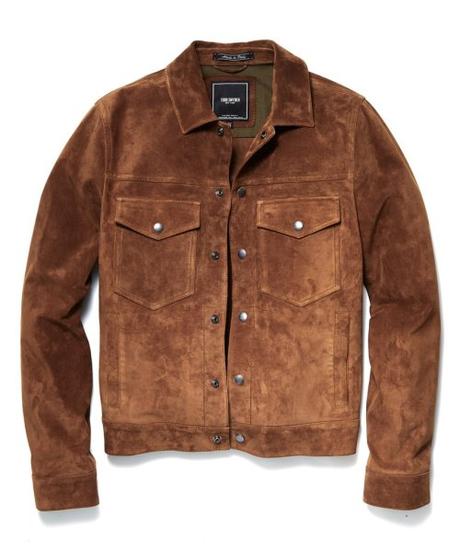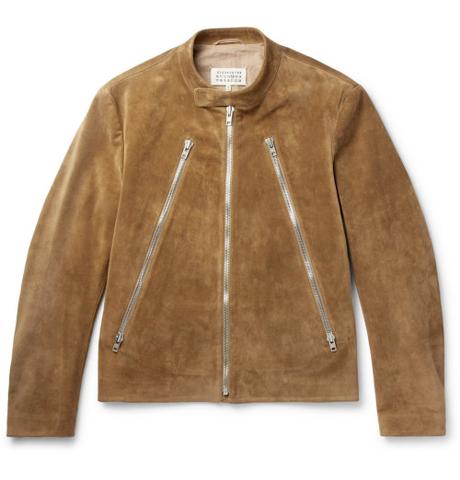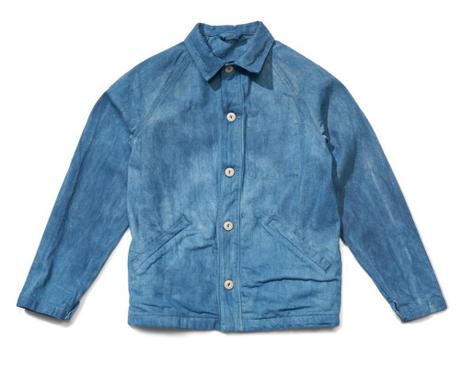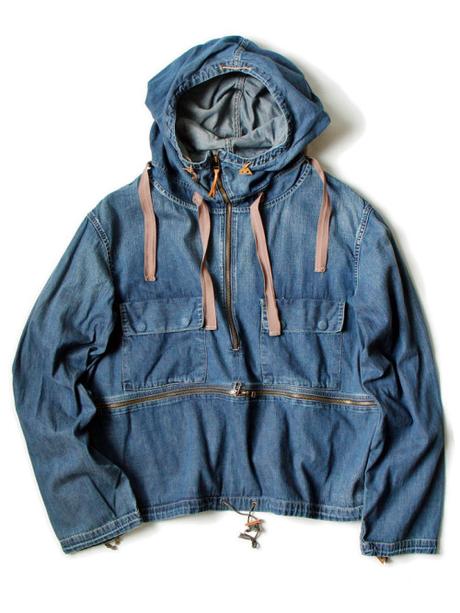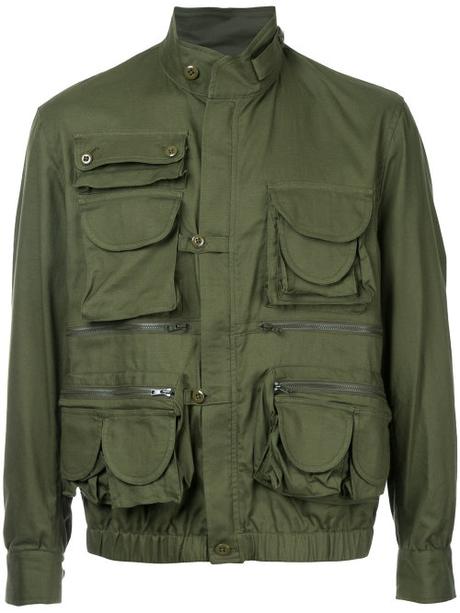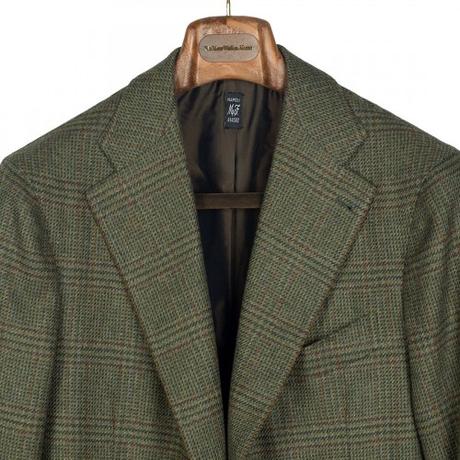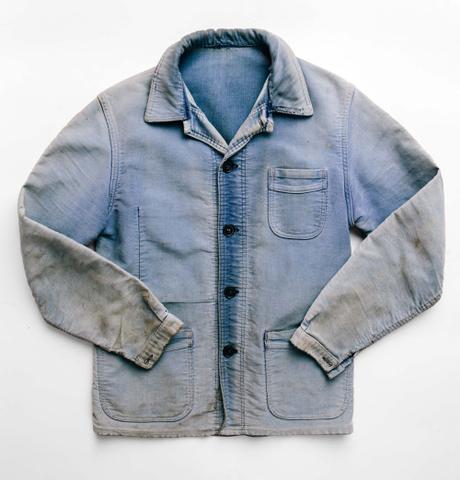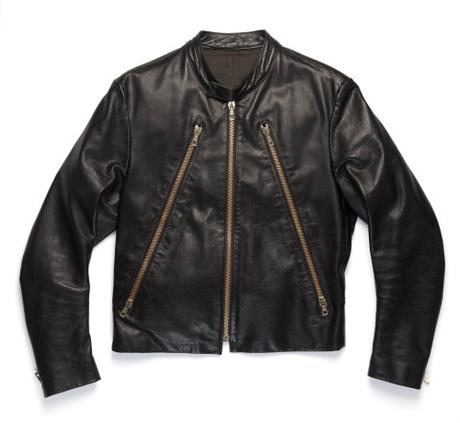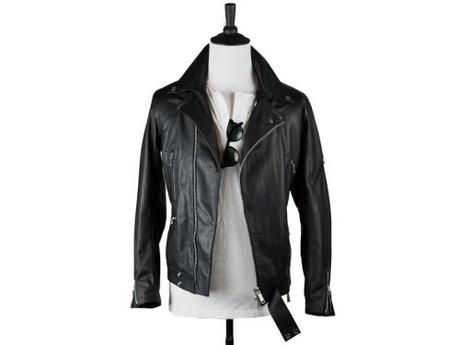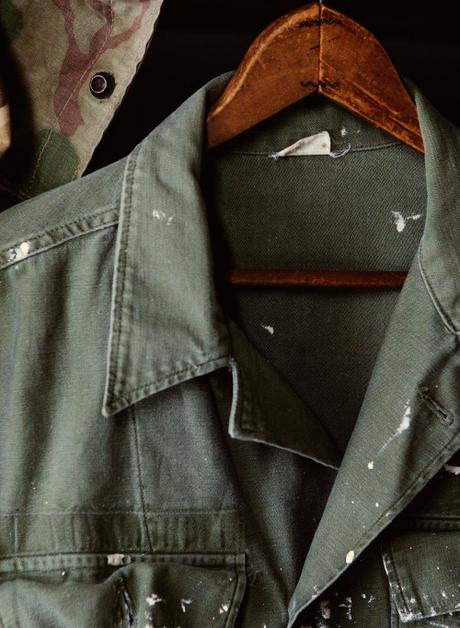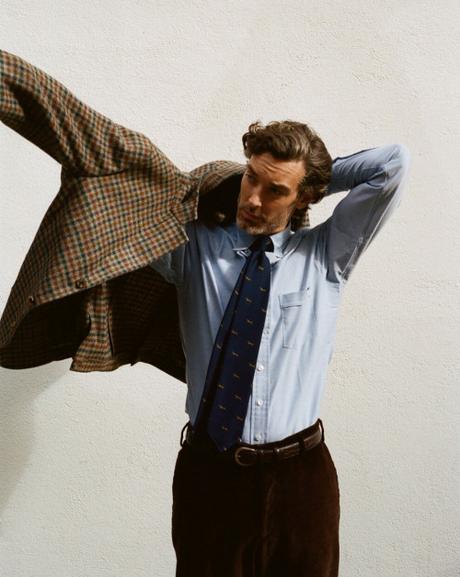
Much of men’s style takes after British tailoring, when dress norms were set during a different time period and climate. This is why, when we imagine a fall wardrobe, we think of the kind of heavy tweeds and wool overcoats that used to be seen in periodicals such as Apparel Arts. And yet, today, the cold season has been noticeably pushed back – late September still feels like summer and we’re months away from heavy outerwear weather. The biggest challenge for dressing this time of year is managing the wide temperature swings that can bring warm afternoons into chilly nights. Back when he was still writing about men’s style, Will Boehlke used to call this “shoulder season.”
It’s easy to dress well for early autumn if you rely on suits and sport coats. Instead of lightweight Frescos and linens, you want jackets in ribbed corduroys, mid-weight tweeds (nothing too heavy), and worsted wools. Worsted is just another way of saying the wool fibers were combed before they were spun into yarn, which makes the resulting fabric a little smoother and clearer finished (as opposed to woolens, which are left uncombed and are consequently spongier).
There’s also a class of fabrics colloquially referred to as faux or citified tweeds. These are smooth, tightly woven worsteds made in rustic patterns reminiscent of traditional checks. They carry the distinctive colors and patterns of Scottish estates, as well as the tonal range best associated with the British countryside – bark, moss, and heather. They wear warmer than true summer fabrics, but don’t trap as much heat as real tweeds. Which is to say that they fit exactly in the middle. A couple of faux tweeds, along with a heavier navy sport coat in hopsack, serge, or this Sportex, and you’d have your early-fall tailored wardrobe covered.
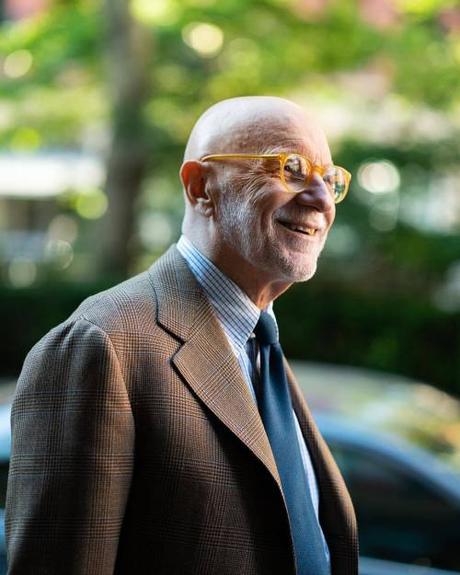
Trousers can stand to be a bit heavier since they drape better without adding too much warmth. A solid stand-by this time of year is flannel, which can come in both woolen and worsted varieties. Woolen flannel feels soft next to the skin, its surface traps air so it wears warm, and its cloudy finish lends visual interest. None of these characteristics are present to the same degree in worsted flannel, whose only virtues are that it’s harder wearing, may be woven lighter, and can wear cooler (which makes it good for shoulder seasons, even if it can feel insubstantial for winter). I also like cavalry twill and mottled whipcords, which feel sportier than your average pair of gray business flannels.
Dressing in this way can be almost formulaic – it’s the same as what you do in summer, but with different fabrics. Instead of linen sport coats, you have worsted tweeds; instead of lightweight chinos, you have variegated whipcords. Crinkly linen shirts gets swapped out for heavier oxford button-downs and brushed tattersalls. And if you wear a tie, the choices are usually between a chalky ancient madder or some kind of fuzzy wool. One of the virtues of traditional men’s style is that, if you have a lifestyle where a tailored jacket doesn’t look out of place, it’s easy to dress well. The formula is democratic and repeatable, it flatters every build and doesn’t require constant reinvention. Bruce Boyer has been dressing like this forever and he always looks good.
For tailors, I mostly use Steed these days for suits and sport coats, Tailor’s Keep for trousers, and Ascot Chang for shirts. And while the difference between bespoke and ready-to-wear used to be gaping, it’s gotten a lot better in recent years. I’ve been impressed by the tailoring I’ve seen from Sartoria Formosa, Eidos, and The Armoury’s in-house line (which is made by Ring Jacket, but to The Armoury’s own patterns). Suitsupply and Spiers & McKay are also pretty great for budget-friendly options.
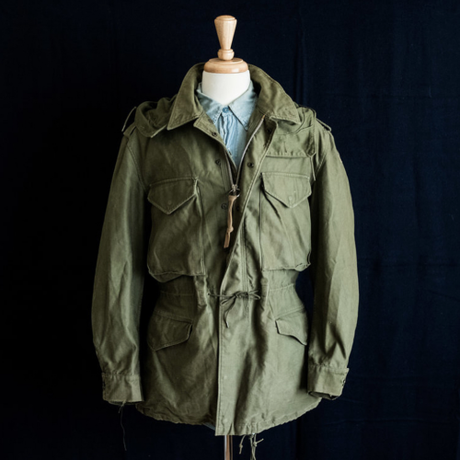
Find Lightweight Cotton Outerwear
It’s harder to recommend something for casualwear since the field is much more open. Generally speaking, however, most guys could use one or two pieces of cotton outerwear – ideally lightweight and unlined, so the jacket blocks wind without trapping heat. A good starting point are the kind of military surplus jackets that emerged from 1970s youth revolts, when hippies and counterculture types wore them to strike a bohemian pose and send an anti-war message.
Some of my favorites in this category include the M-43 (which has real lapels), the M-51 (which features a shirt-style collar), and the iconic M-65 (which has a stand-up collar). You can pick up vintage ones at your local Army surplus store, or online through Wooden Sleepers and Saunders Militaria (the last of which always has some real gems when it comes to military surplus stock). There are also designer versions from the likes of Sage de Cret and Aspesi, as well as more affordable options from J. Crew. And while it’s not unlined, I love the look of this Monitaly Tanker jacket. It has a rounded silhouette that sits well above a pair of slim-straight jeans.
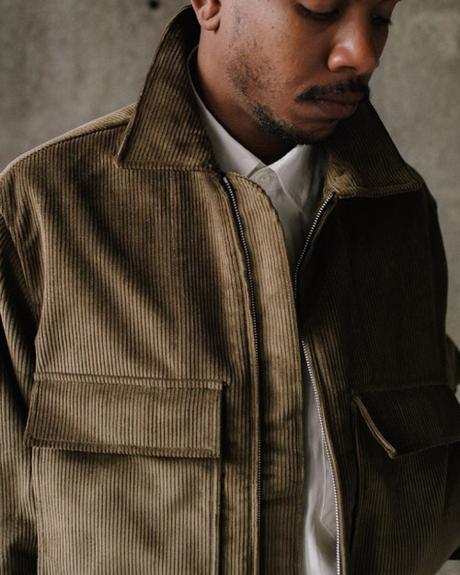
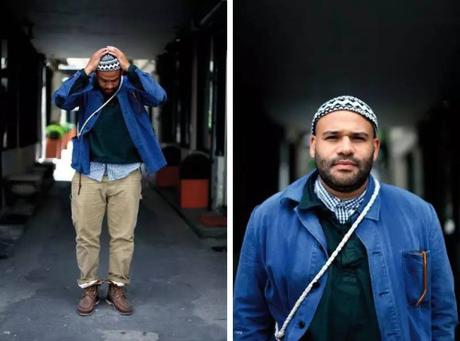
Alternatively, you can go for a denim trucker jacket, an icon of American ruggedness. Sites such as Etsy are full of vintage Levi’s Type IIIs and Lee’s Storm Riders, and you’d be hard pressed to find something cooler for under a hundred bucks. If you’re up for a splurge, RRL, 3sixteen, Levi’s Vintage Clothing, and Studio d’Artisan are worth a look. Self Edge also has a range of Japanese imports that are made with vintage-inspired details and unique fabrics. If you’re worried about the denim-on-denim Canadian tuxedo look, pair a blue denim trucker jacket with black jeans (or vice versa).
Personally, I mostly wear a tan ranch jacket from RRL this time of year, along with a Chimala chore coat. Like the other options above, chore coats have that better-with-age quality that we all love. You can again find them vintage on eBay and Etsy, or pick up designer versions from brands such as RRL and House of Land. Vetra, Arpenteur, and Le Labourer are famous for their French chore coats, while Knickerbocker and Old Town have more American and English styles, respectively. I also really like Evan Kinori’s take on work clothes. Made from plush corduroys and substantial wools, his jackets feature spacious pockets and boxy silhouettes. They combine the best of ‘90s era skate sensibility with American workwear.
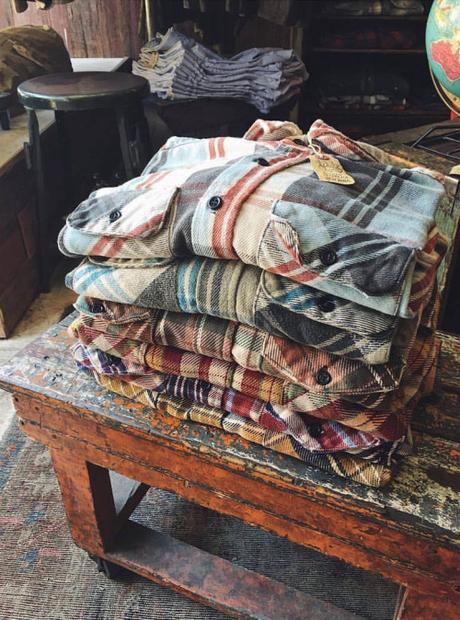
Layer with Flannels
Thick flannel shirts are to autumn what crisp white tees are to summer. I like them in heavier, coarser fabrics – made with dyed yarns, not printed, and are a bit more insulating than the stuff you might find at Uniqlo (which, while affordable, feel insubstantial). You can wear these under the lightweight cotton jackets mentioned above, or layer them open as mid-layers between a thick cotton t-shirt and some outerwear.
As usual, your best bet here is to go vintage. Authentically worn-in flannels have a certain charm that’s hard to reproduce at the factory. You can scour thrift stores, eBay, and Etsy for labels such as Big Mac, Big Yank, and Big Mike (there were a lot of “Big” labels back in the day). Frostproof and Five Brothers are also great, the second of which is a formerly defunct label that has been recently revived for the Japanese market. Wooden Sleepers carries the repaired flannels you see above.
The key to shopping for vintage flannels is to look for a made-in-USA tag, as those are often a bit sturdier, and old-school details such as cat-eye buttons, chin straps, and chainstitch run-offs. Busy plaids sometimes hide snags and coffee stains until you get them into natural light, so inspect carefully. And when buying online, double-check measurements. The fit on these things can vary wildly, even within the same label. Flannel shirts don’t need to fit perfectly, but they should be in the ballpark.
For those who feel a bit iffy about wearing second-hand clothes, there are vintage-inspired flannels from Levi’s Vintage Clothing, RRL, Orslow, Indigofera, Engineered Garments, Corridor, and Pure Blue Japan. Gitman Vintage has a nice triple-yarn flannel this season, and it’s on sale today at East Dane for 20% off if you use the coupon code STOCKUP18. Patagonia and Portuguese Flannel are good for their soft, brushed textures, while J. Crew’s Wallace & Barnes is my go-to for something affordable.
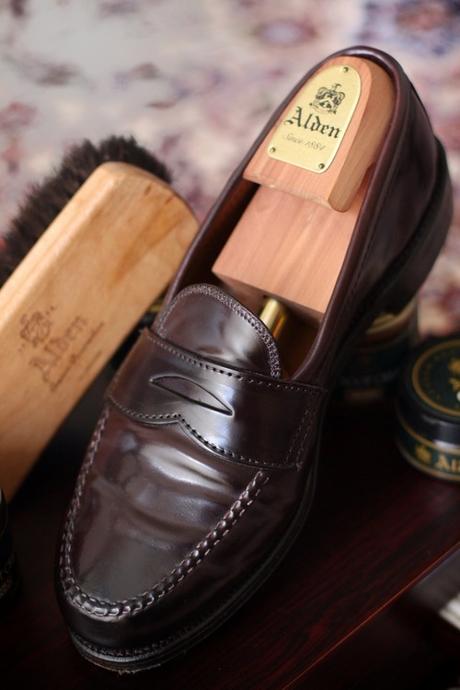
Go for Heavier Looking Shoes
Heavier clothes call for heavier looking shoes. Suede summer slip-ons can seem downright wimpy next to 14oz raw denim and thick flannel shirts, so try something such as Alden’s shell cordovan leisure handsewns or JM Weston’s 180 penny loafers. Sleek, but heavy, cap-toe boots, such as these from Enzo Bonafe, Brooks Brothers, and Lof & Tung can be worn with everything from tailored sport coats to casualwear, making them some of the more versatile options.
For something more distinctively casual, you can try Blundstones, Red Wing Pecos, and Viberg’s service boots. Service boots are to workwear what boat shoes are to prep – they’re so iconic to the style that they almost define the genre. Heschung’s Tyrolleans and Paraboot’s Chambord are heavier looking walking shoes that are built for tough conditions, while also remaining comfortably flexible enough for long strolls.
LL Bean is also having a sale today on their iconic Maine boots (take 20% off with the coupon code RAIN20). These come different heights, from slip-ons to towering 16″ hunting shoes. Most people opt for the unlined 8″ model (which is what I’d recommend). It’s tall enough to protect you from slushy roads, but also easy to lace-up. General advice is to go a full-size down, even if you plan to wear these with thick socks. Of all the items that were popular during the prep-era ten years ago, these are the ones I wear most. They go with Shetlands and Barbours, duffle coats and Japanese workwear. They’re also the ideal rainboot – relatively affordable and exceptionally handsome, they’re waterproof and easier to wear than Wellingtons.
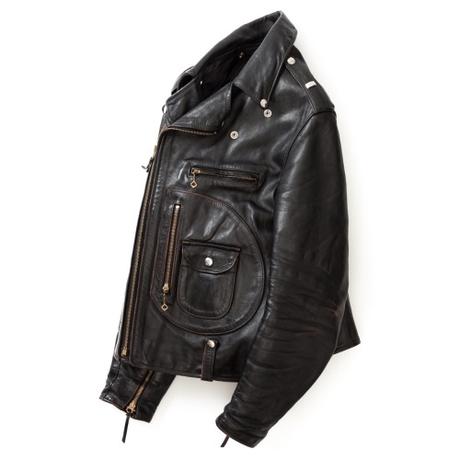
Consider Leather Jackets
Finally, fall is the start of leather jacket weather. If you care bear it, a heavier cowhide leather jacket – perhaps in a traditional bomber or double rider style – can look great with beat-up denim. But they’re also more insulating, which makes them less practical on warmer days. If you’re looking for something you can wear through winter, Schott, James Grose, Real McCoys, and Fine Creek Leathers make some tremendously nice styles. They go great with the kind of hardcore workwear that you might see at Inspiration LA – naturally dyed t-shirts, heavier raw denim jeans, and thick work boots.
For something that’s both tactilely and visually softer, go for something in suede. A plush, napped leather can be a good way to tone down the utilitarian origins of a bomber jacket or cafe racer – making them friendlier versions of their rugged counterparts. Stoffa, Valstarino, and Todd Snyder are great in this regard, and they go well with slightly more conservative outfits in tailored wool trousers and collared dress shirts. Stoffa’s jackets are particularly well suited for warmer conditions since they have nicely breathable cotton linings and lightweight materials. I wear mine with oxford button-downs and textured sweaters during the summer.
For something a bit more contemporary, there Margiela’s five-zip. It goes well with slim-tapered jeans and heavier looking side-zip boots. It works a bit better on guys with slimmer builds, but the bell shaped sleeves and elongated chest zips give it a unique look without venturing into avant garde territory. Get one in a “modern” color, such as black calfskin or tan suede. Dark brown, I’ve find, is too traditional for the design. If I had to pare down my early-fall wardrobe to just three jackets, it’d be a brown tweed, blue chore coat, and black Margiela five-zip.

